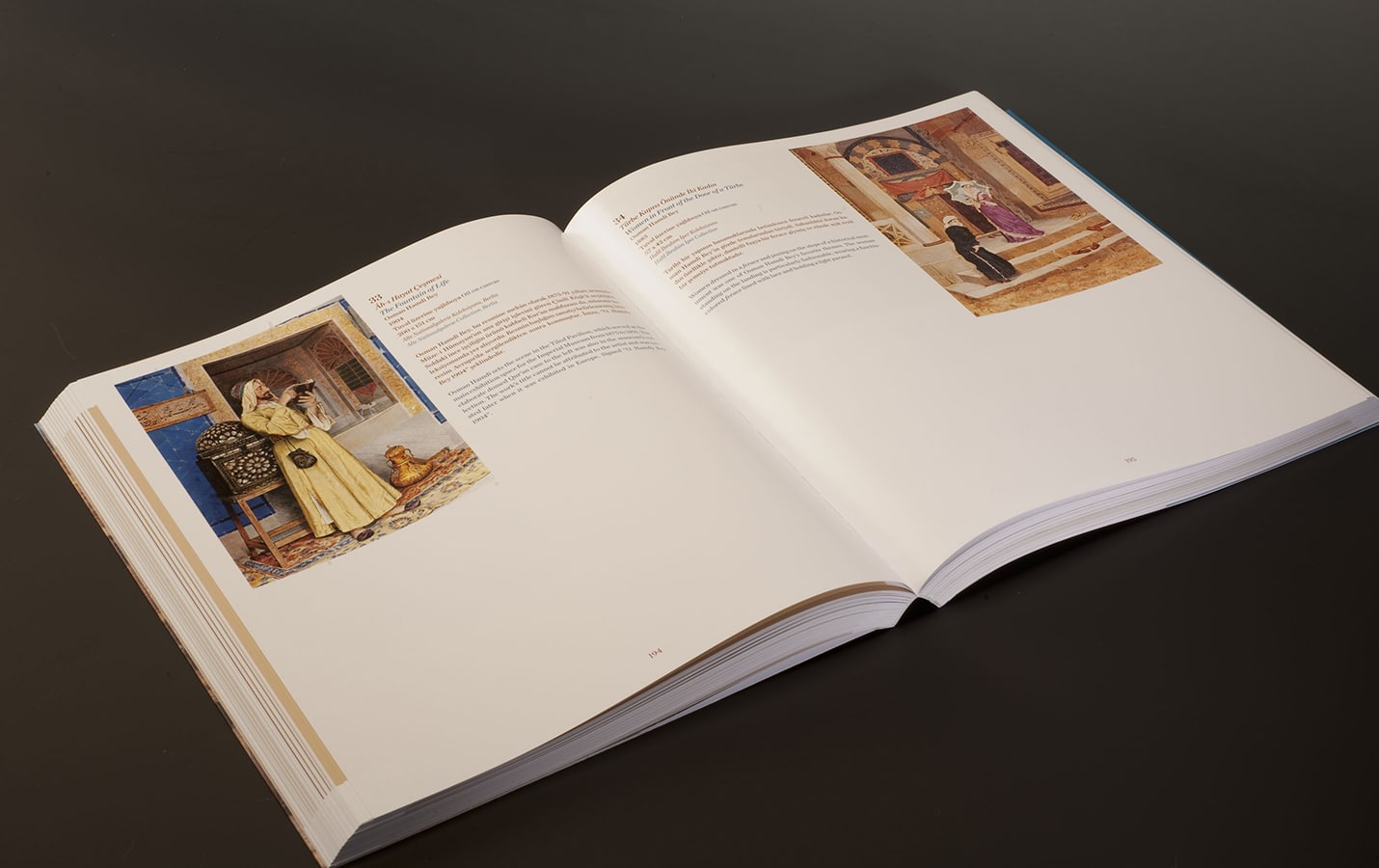October 15, 2011 - January 8, 2012
Based on the intersecting lives of painter, archaeologist and museologist Osman Hamdi Bey, American archaeologist and photographer John Henry Haynes, as well as Prof. Hermann Vollrath Hilprech, the exhibition focused on the first excavations American archaeologists conducted in Ottoman lands -Assos and Nippur- and the diplomatic relations between the two countries.
The exhibition, curated by Prof. Renata Holod and Prof. Robert Ousterhout from the University of Pennsylvania, showcased for the first time a rich selection of paintings by Osman Hamdi Bey, archaeological photographs and drawings from the 19th century, letters, travel journals, and archaeological artifacts. This unique selection was on loan from the University of Pennsylvania, Fine Arts Museum Boston, İstanbul Archaeological Museums, İstanbul Museum of Painting and Sculpture, as well as private collections. Apart from his lesser-known paintings, two unknown works of Osman Hamdi Bey discovered at the Penn Museum were also introduced to visitors.
Exhibition Catalogue

Based on the intersecting lives of painter, archaeologist, and museologist Osman Hamdi Bey, American archaeologist and photographer John Henry Haynes, as well as Prof. Hermann Vollrath Hilprecht,...
Video
Tuesday - Saturday 10:00 - 19:00
Friday 10:00 - 22:00
Sunday 12:00 - 18:00
The museum is closed on Mondays.
On Wednesdays, the students can
visit the museum free of admission.
Full ticket: 300 TL
Discounted: 150 TL
Groups: 200 TL (minimum 10 people)